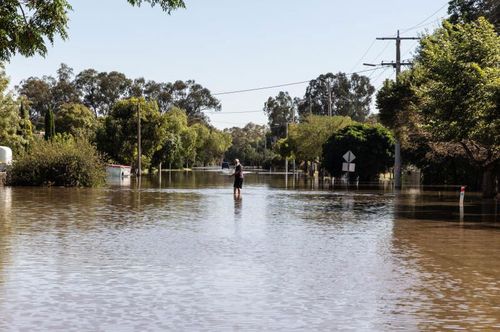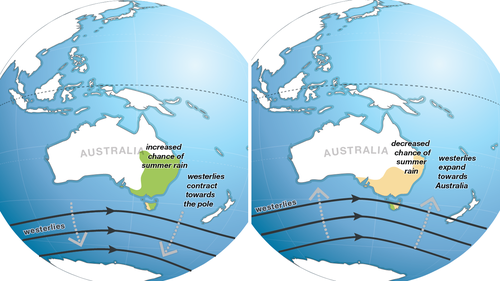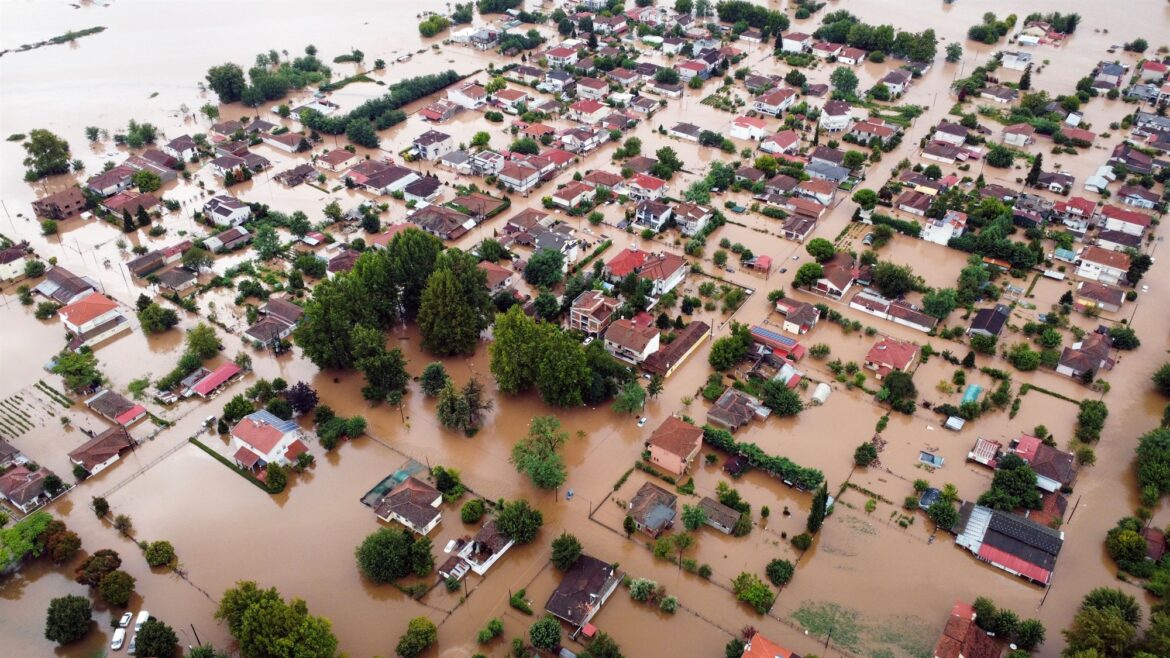This summer was meant to be long, hot and dry. So why are we getting hit by floods?
Storms and cyclones in Queensland left tens of thousands without power, and the state is bracing for the arrival of another cyclone this week.
Floodwaters have slammed central Victoria for the second year in a row.
The damage has cost lives, homes, and untold millions of dollars.
But major predictions expected the summer to be long, hot, and dry thanks to El Nino, so what’s actually going on with the weather?

The El Niño climate system usually brings hotter and drier conditions for Australia.
But the Bureau of Meteorology says “no two El Niño events are the same, and their impact on Australia varies”.
“This is particularly true of summer months”, a Bureau spokesman said.
“Once the northern monsoon arrives, the influence of both El Niño and a positive IOD is diminished, and the chance of summer rainfall events increases.”
They report that contrary to being exclusively dry, up to half of the past El Niño events have actually included heavy rainfall, particularly across parts of eastern Australia.
The climate systems affecting Australia are complex, said Dr Carly Tozer, a senior research scientist with the CSIRO.
“It’s important to consider your specific location in Australia, when interpreting what an El Niño forecast means for you,” Tozer said
“El Niño is a good indicator of dry conditions in eastern Australia as a whole, but it doesn’t necessarily translate to dry conditions ahead.”
She said that in individual locations like the eastern seaboard, it does little to shift the normal odds of dry conditions.
“For parts of northern and south-eastern Australia, including the Murray Darling Basin, El Niño significantly increases the odds of a dry spring season. But in large parts of WA, Western Tasmania and the eastern seaboard, it does not markedly change odds of dry conditions.”
Other processes like the Indian Ocean Dipole, and the Southern Annular Mode or even unrelated weather systems all contribute to Australia’s climate variability.

What is the Southern Annular Mode?
The Southern Annular Mode, or SAM, is another climate system that influences rainfall and temperature in Australia.
The SAM refers to the movement of the strong westerly winds that blow in a ring around Antarctica, either closer to Australia, or Closer to Antarctica.
When the winds are closer to Antarctica, it brings an increased chance of summer rain, which is exactly what has happened in recent weeks.
Speaking to Today, Meteorologist Mathew Cappuci said “I kind of liken it to an orchestra.”
“El Nino was one ingredient, one sort of instrument playing, but there are many other different things that make up the ensemble.”








